
Sudan, the Cushite Kingdom of Nubia
Dr Ron Choong, Academy of Christian Thought (ACT)
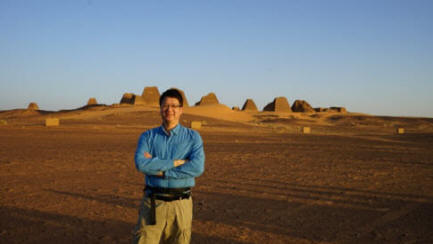
The setting sun on a pyramid field in Sudan
In January [2014], I embarked on my first expeditionary survey of modern Sudan
from the 2nd to the 6th cataract of the Nile, visiting closed and active
archaeological excavations. My primary interests include learning about the age
of the Black Pharaohs of biblical Cush (25th dynasty of Egypt, 760-664 BC) and
the three Byzantine Christian kingdoms of Nubia that ruled for a thousand years
(AD 500s-1500s). This geohistorical trace will help me piece the rich jigsaw
puzzle of Christian thought, practice and evolution of its doctrines from
Babylonian-Persian Jewish monotheism in the 6th century BC (modern Iran) to
Greco-Roman Christian Trinitarianism in the 4th century AD in Cappadocia (modern
Turkey). On my return to New York, I stopped by Kayseri in Cappadocia to visit
the 10th century churches at Goreme.
Why
take all this trouble to visit, learn and confirm facts of history and
science? Isn't faith enough? The
question is...faith in what exactly? Christianity is not a monolithic set of
beliefs. The long 3000-year history of Christianity that stretched back to
King David and the temple of Jerusalem under Solomon is rife with historical
gaps, and many have long made wrong guesses that led to big quarrels and
splits within the church - it is now a motley collection of over 50,000
denominations! Each denomination claims to have the best collection of
truths and disregard the claims of others without any attempt to 'get our
story straight'. This has long been my personal goal and I am now ready to
share it with you.
Why
did the Church not do this level of research in its long history? The
short answer is that it had to wait for the advances in philology and
historiography as well as in the scientific discoveries, technical
innovations and advances in medicine to make it possible for someone like me
to safely and swiftly embark on these missions with the necessary guides.
1. Until Oxford and Cambridge invested heavily
in the study of foreign languages to
assist missionaries, it was very costly and difficult to learn foreign,
ancient languages to decipher inscriptions. The fact that 9th century
missionaries to the Slavs basically invented the Russian cyrillic script
testifies to the importance of scholarship.
2. The 19th century invention of history as
a scientific enterprise in Germany resulted from the philosophical giants
who questioned the verifiable truthfulness on chroniclers who were paid by
kings and priests to write narratives. Indeed, both Ibn Battuta's and Marco
Polo's accounts of their legendary travels cannot be verified historically.
3. The scientific discoveries
of optics, geology, longitude, cartography, etc made it possible for the inventions of
aeronautics (to fly me to Sudan...and back), the internal combustion engine
(for the Toyota Hi-Luxes to transport me to the various sites), desert tents
and canned sardines (to help me survive), and medical advances
gave me the confidence to eat local foods without too much fear, the ability
to filter my water from the Nile, and a pharmacy of pills in case things go
wrong.
How did archaeology begin? The
discovery of the Rosetta stone by Napoleon's army during his Egyptian
campaign sparked an interest in ancient languages that led to the beginnings
of biblical archaeology at the end of the 19th century which in turn led to
the rise of modern scientific archaeology in the 1950s. The discovery of
radioactivity by marie and Pierre Curie enable for the first time, a method
to accurately and objectively date ancient artifacts.
Why should I bother? Today,
we have no excuse for not doing due diligence to our truth claims in
instances where and when it is possible to distinguish fact from fiction,
history from myth and plain teaching from parable. As an interdisciplinary
apologist, I am tasked to do my level best to verify and falsify all that I
have ever been taught abut God and creation. Despite my confessional
convictions, there ought to be no sacred cows and I should not have the
impudence to flatter myself that I am capable of 'protecting' God from
heresy.
The following are a smalls
election of shots from my Nubian Expedition in Jan-Feb 2014: The
harsh desert Kingdom of Napata at Meroe, which ruled as the 25th Dynasty
of Egypt from the 750s BC, time of the earliest writing prophets of
Israel (Amos, Micah, First Isaiah). King Piye of Nubia defeated king
Neco of Sais in Egypt, making his pharaoh of all Egypt. The first Black
Pharaoh. There would be four more after him. Later, the Assyrians
defeated them and installed a new puppet king to begin the 26th dynasty
of Egypt. Among them would subsequently be pharaoh Neco II, who killed
King Josiah of Judah in 609 BC.
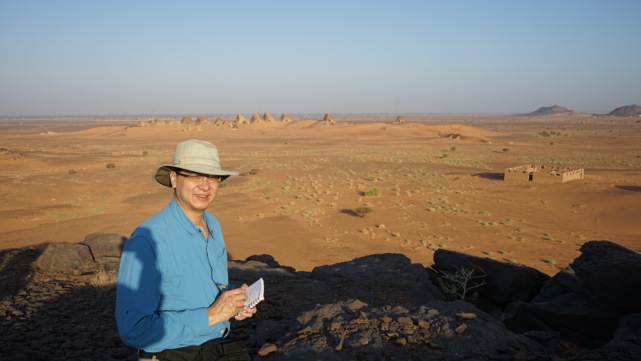
First sight of a Nubian pyramid field - temp, c.102 F
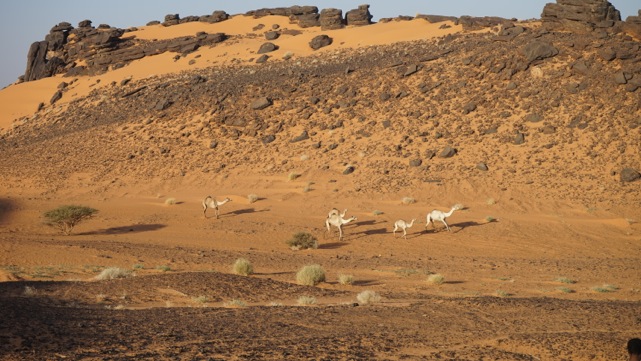
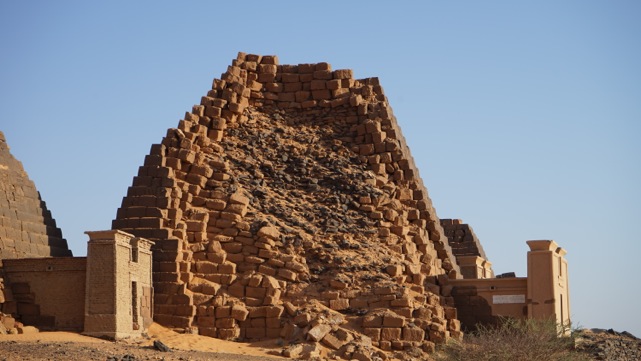
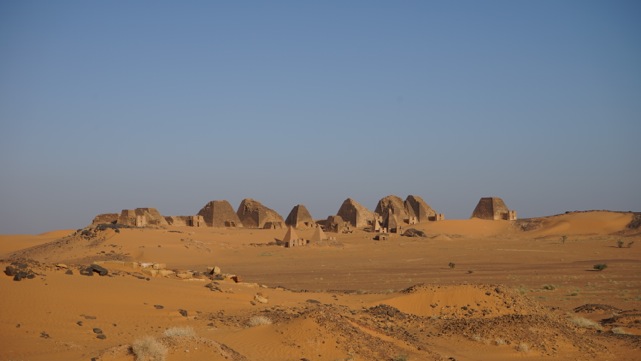
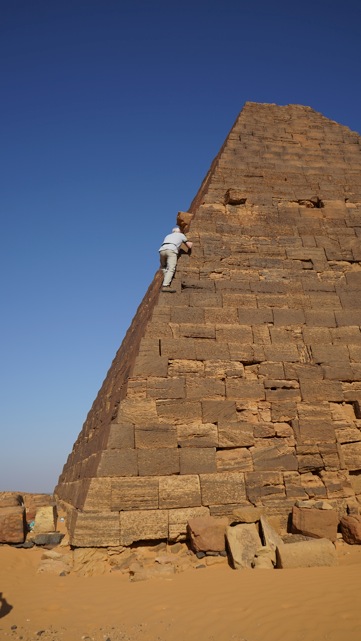
John scaling a pyramid
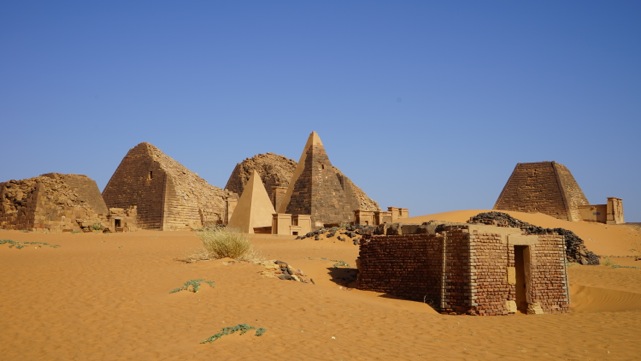
The Nubian pyramids are much steeper than the Egyptian ones, and they are
temples rather than tombs
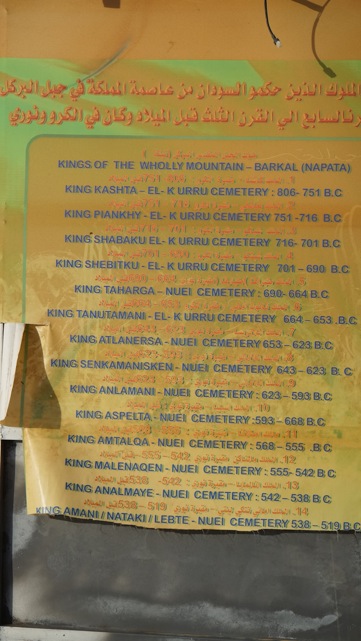
King List of the Napata Kingdom of Nubia
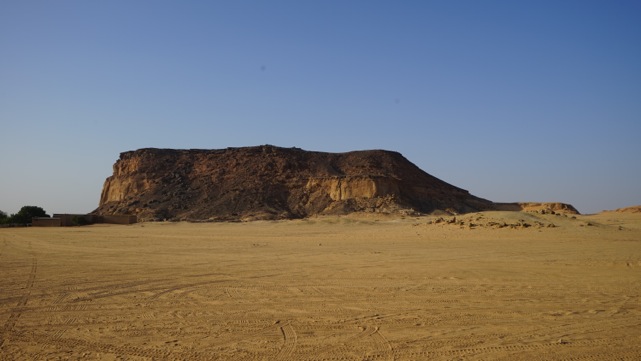
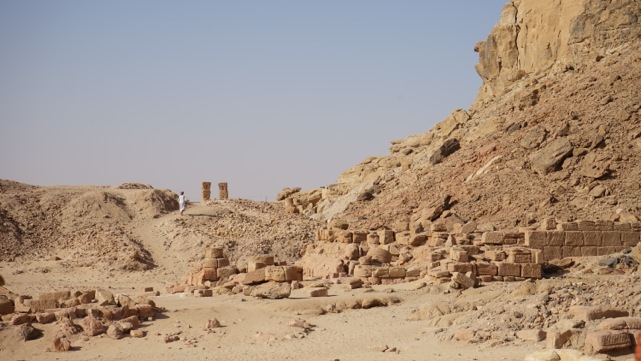

Jebel Barkal, temple of Amun
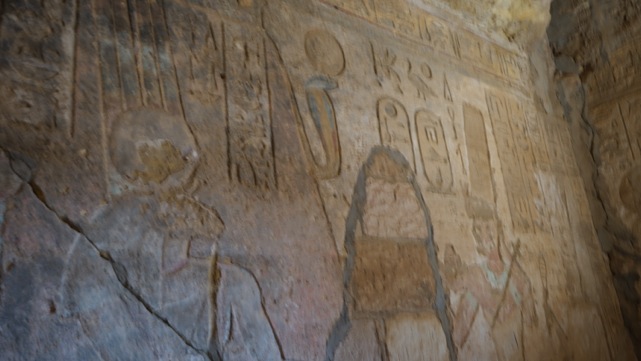
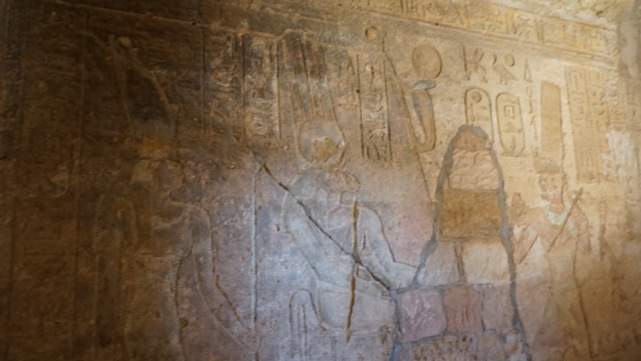
Note the image of the snake as king with the sun on its head
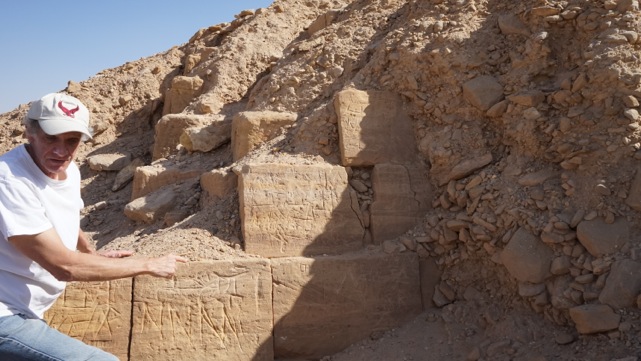
Archaeologist Bob Brier explaining these inscriptions

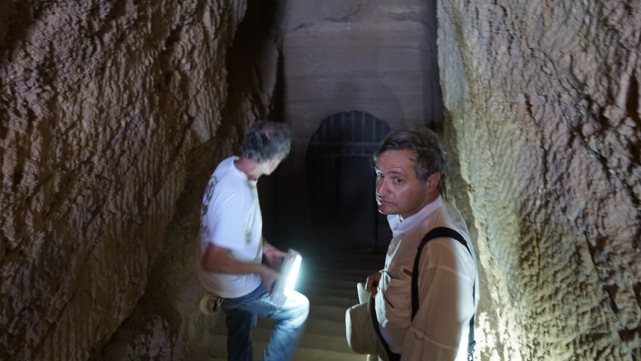
Bob Brier with Arabic-speaking Middle Eastern political journalist Phil
Finnegan.
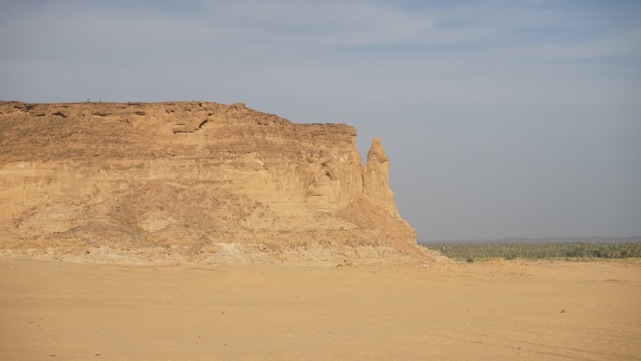
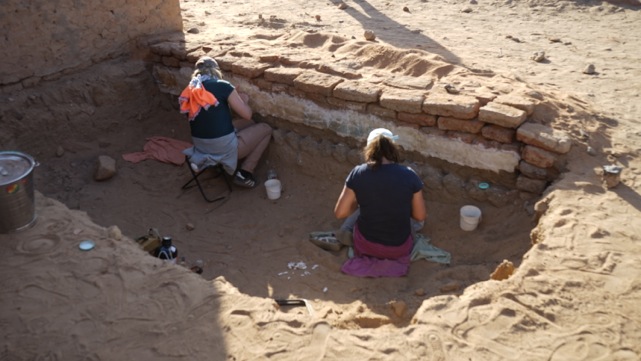
An active German-led excavation site
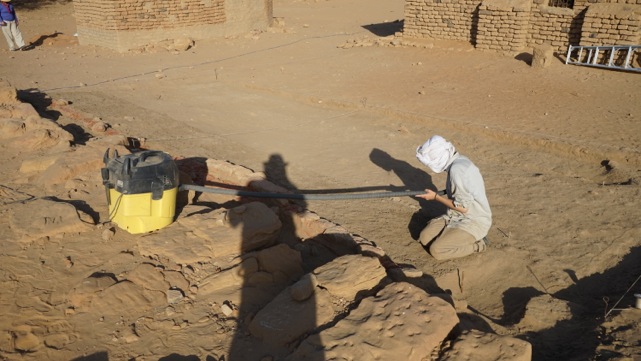
Remains of medieval Christian monasteries,
among the three separate Christian kingdoms of Nubia during the Byzantine
period. During the late antique and medieval period Nubia was divided into
three kingdoms, from North to South: Nobadia, which largely corresponds with
the modern Lower Nubia, Makouria in the middle, and Alwa in the south. The
most powerful state was Makouria with its capital in Old-Dongola. Five
bishoprics are attested in Nubia: Kurte, Qasr Ibrim, Faras, Sais, and Old-Dongola.
Probably also in Soba, the capital of Alwa was a bishop
In the 6th century, the Byzantine Monophysite
Empress Theodora sent missionaries to Nubia to take over an even earlier
second century Coptic Christianity. When her husband, the Byzantine
Orthodox Emperor Justinian I heard of this mission, he quickly dispatched
his own missionaries from Thebes in Egypt to beat his wife's missionaries to
the punch. But in 540 AD, Theodora's missionaries converted the king of
Nobadia to the Monophysite faith and Justinian failed to convince him that
the true Christianity was orthodoxy's Trinitarian belief. Later, the
kingdoms of Makouria and Alwa were also converted to Monophysite
Christianity.
Today, we think of Sudan as a Muslim country,
but it had been Christian for almost 1000 years in its history. The last of
the Christian kingdoms survived the attacks of Islam until 1504.

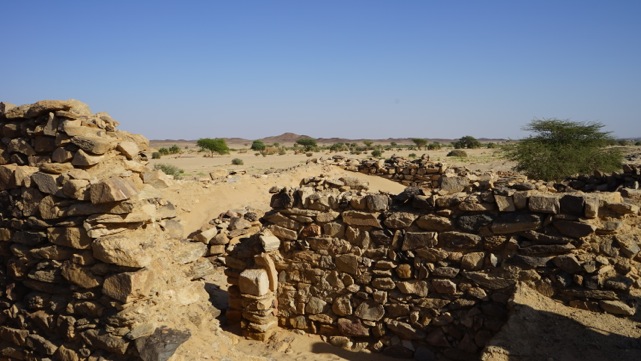
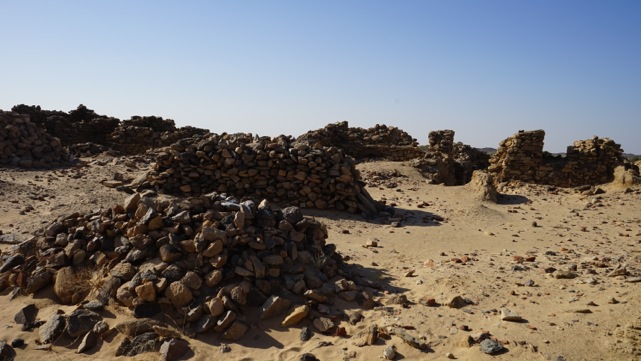
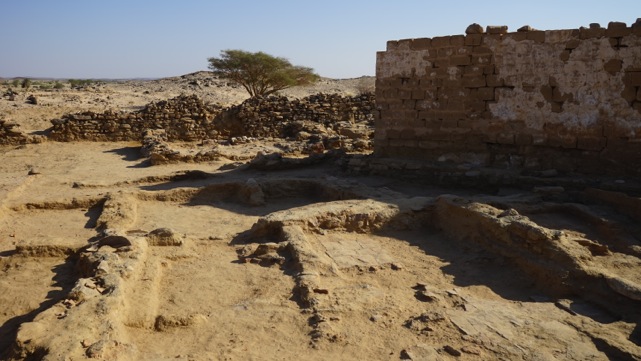
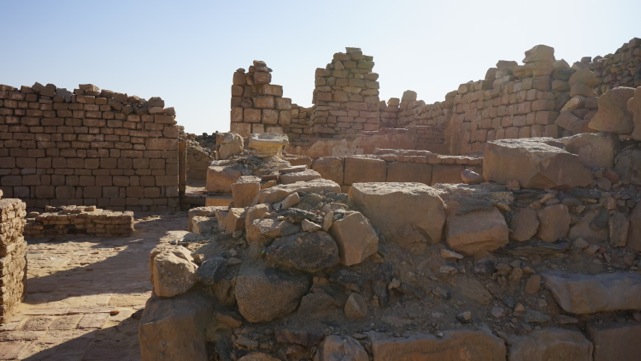
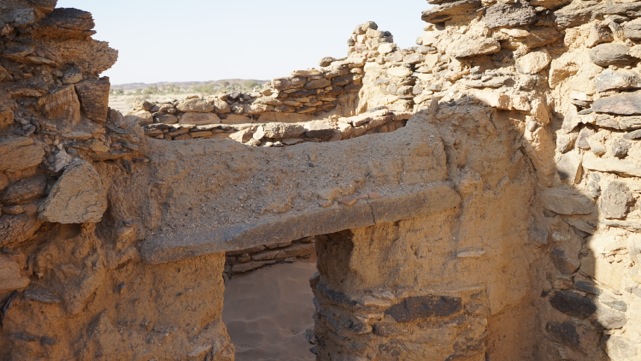
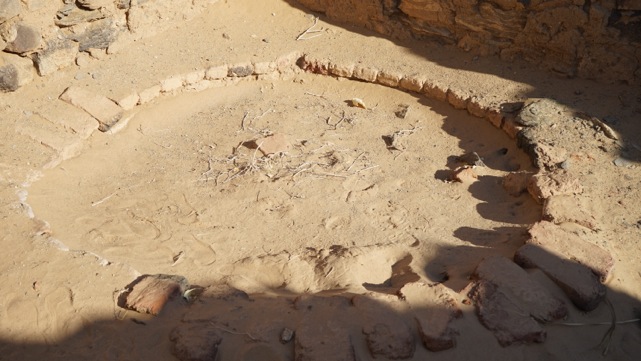


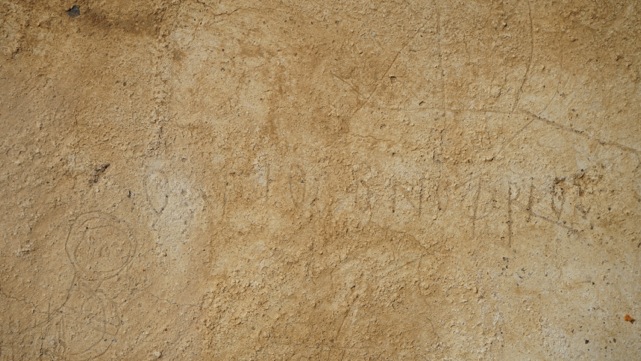
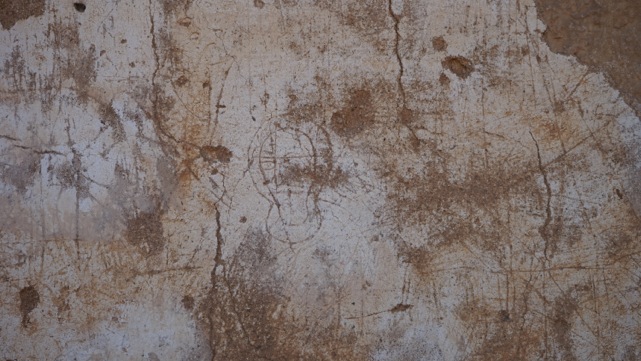
20 June 2014

| 





























